Apple continues to show off its "quiet expertise" in designing chips for its devices

Apple finally launched its in-house 5G modem chip, the C1, on the iPhone 16e. It's been a long time coming even though Apple had dreamed about replacing Qualcomm's Snapdragon modem for years culminating in the purchase of Intel's smartphone modem business in the summer of 2019 for the low, low price of roughly $1 billion. There are some caveats related to Apple's C1 modem. It is not as fast as Qualcomm's and does not support the fastest high-band mmWave signals.
On the other hand, Apple saves money by using its own modem and the chip improves the battery life of the devices that are equipped with it. Speaking of those models, Mark Gurman, the newly crowned Managing Editor of all consumer technology content at Bloomberg, gave us a road map for Apple's in-house modem in the latest edition of his weekly Power On newsletter. According to Gurman, Apple is already testing the C2 and C3 5G modem.
The C1 will be rolled out again this year in the super-thin iPhone 17 Air. The use of Apple's in-house 5G modem for the device is one of the reasons why Apple could make the phone so thin. The remaining phones in the iPhone 17 series will get the Qualcomm Snapdragon modem according to TF International's Ming-Chi Kuo or 5G modem chips from MediaTek if The Information is correct.
The C2 will debut next year in premium iPhone 18 models and should support mmWave signals. The C3 is supposedly scheduled to arrive in 2027 and by then, Apple expects that its in-house 5G modem chip will be able to outperform Qualcomm's component. Yesterday, we told you that Apple's ultimate plan is to include its 5G modem in a single component along with the main processor. Gurman sees this becoming a reality in 2028 at the earliest.
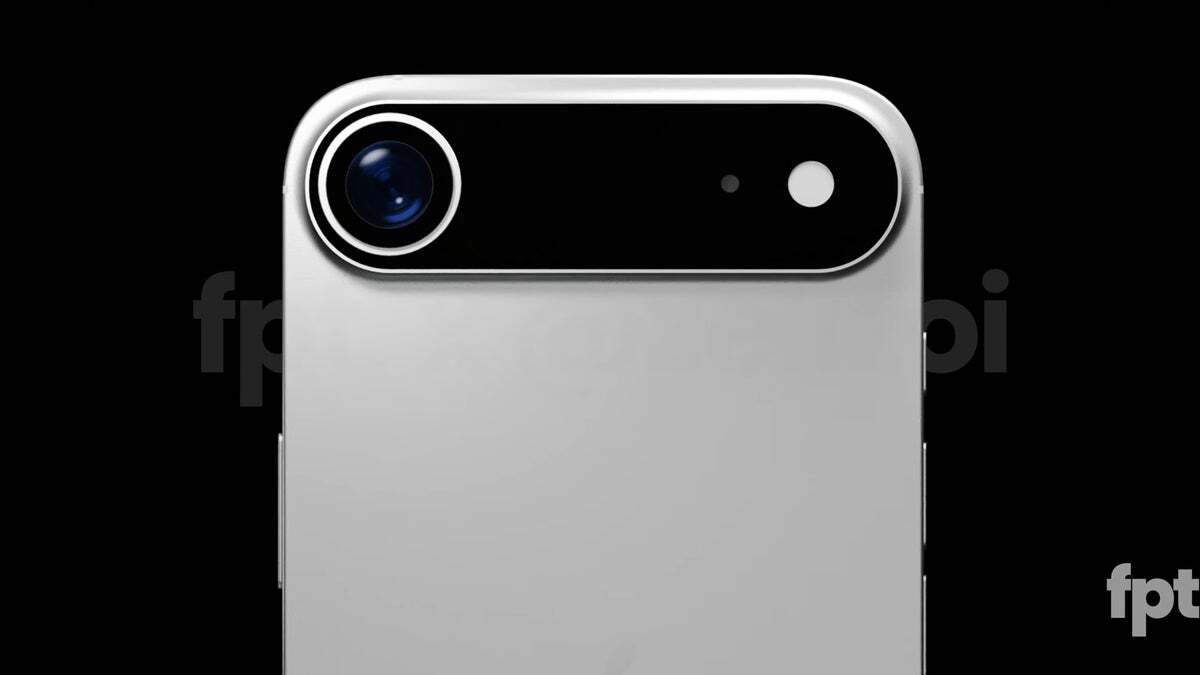
This year's iPhone 17 Air will use the C1 in-house 5G modem chip to help it create its ultra-thin design. | Image credit-FPT
One interesting point made by Gurman is that in the video presentation unveiling the iPhone 16e, Apple uncharacteristically failed to promote the chip's capabilities as it usually does when introducing a new iPhone. It isn't known for sure why Apple downplayed the introduction of the C1 in the iPhone 16e, but Mark mentioned a few possible reasons. Apple might have been concerned that had it made a big deal of the C1, Qualcomm might have claimed that Apple used its technology and demanded royalties.
Highlighting the C1 might have called to attention how inferior the modem is to Qualcomm's current Snapdragon 5G modem. And lastly, Gurman wondered whether Apple was concerned about YouTube content creators posting videos showing how poorly the C1 fares against the Qualcomm modems used in other iPhone models.
Once Apple feels that its in-house 5G modem is exactly where it should be, another chapter will have been written completely about how the tech giant has become a leader in chip design. Over the years Apple has created its own smartphone processors with the A-series silicon, designed its own computer and tablet processors with the M-series chips, and now has its own mobile modem chips with the C-series. The iPhone 17 series launching later this year could see Apple replace Broadcom's Wi-Fi chips with another in-house component designed by the crew in Cupertino.




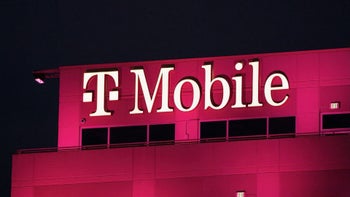



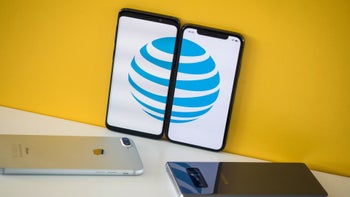
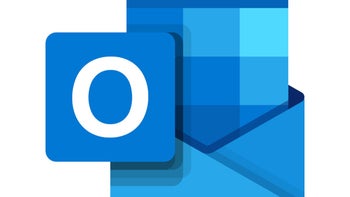
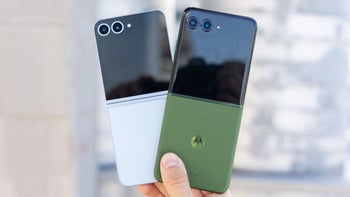

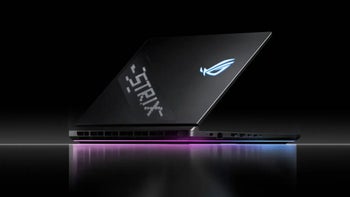
Things that are NOT allowed: